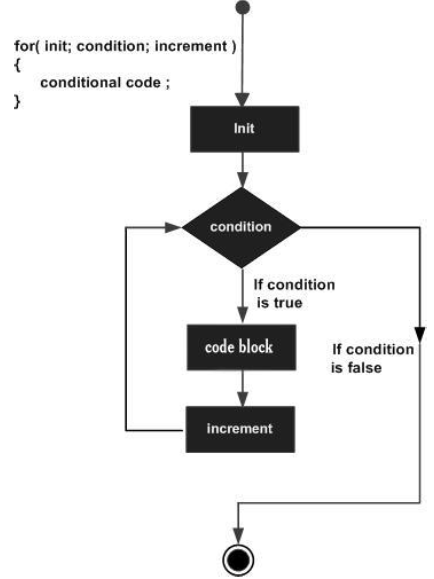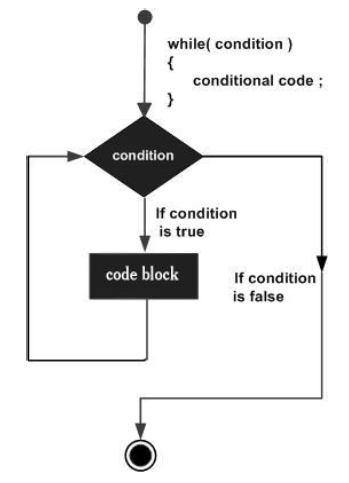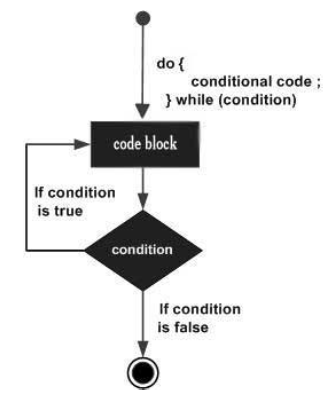Mastering Loops in TypeScript
1. Problem Statement
A city library needs a Transaction Processor that can handle hundreds of book check-ins, check-outs, and returns every day. The system must:
-
Iterate through lists of transactions.
-
Stop processing when a priority book arrives.
-
Skip cancelled transactions.
-
Tally total transactions per day.
-
Process at least one pending return even if the queue is short.
-
Summarize inventory and active visitors.
Manually handling this in spreadsheets is too slow and error-prone. You need to use loops in TypeScript to automate these tasks efficiently.
2. Learning Objectives
By the end of this tutorial, you will be able to:
-
Use
for,while, anddo…whileloops for definite and indefinite iteration. -
Apply
breakto exit loops early. -
Apply
continueto skip to the next iteration. -
Use
for…into iterate object keys. -
Use
for…ofto iterate array and string values. -
Avoid infinite loops and common pitfalls.
3. Concept Introduction with Analogy
Imagine you start your day at the library’s Conveyor Belt Station. This belt brings in little bins-each bin is a “transaction packet” that tells you what happened with a book (checkout, return, cancellation, or a high-priority request). Here’s how your shift unfolds:
-
Inspecting Each Bin (Loops)
The belt never stops unless you tell it to. You pick up each bin one by one, inspect its label, and decide what to do. This is your loop-processing each transaction in order. -
Skipping Cancellations (
continue)
Some bins are marked “Cancelled”-no action needed. You glance at them, set them aside, and wave the belt on. In code, you usecontinueto skip the rest of the steps for that iteration and move to the next bin. -
Handling Priority Requests (
break)
Every so often, a bin arrives with a “PRIORITY” sticker-this is an urgent reservation. You press the big red button and stop the belt so you can process that first. In code, you usebreakto exit the loop immediately and deal with high-priority work. -
Ensuring at Least One Return (
do…while)
Even if the day’s returns aren’t queued, policy says you must check for a return at least once (in case a librarian added one while you were busy). You reach out, inspect a bin, and then keep checking until you’ve processed every return. That first guaranteed check is like ado…while-run at least once, then repeat if the condition holds. -
Keeping Daily Tallies (Loop Counters)
At a corner of your workspace is a clipboard. Every time you handle a checkout, return, or priority, you tick a box on that clipboard. Your loop counters in code do the same-incrementing counts for each transaction type so you can report totals at day’s end. -
Reviewing the Inventory Ledger (
for…in)
Between belt cycles, you glance at the library’s Inventory Ledger, a book listing each title and its current stock. You flip through each entry-this is akin to afor…inloop over an object’s keys, checking “The Hobbit,” then “1984,” then “TypeScript Guide,” and so on. -
Greeting Visitors (
for…of)
At the end of your shift, you have a list of visitors waiting at the front desk. You call out each name and welcome them: “Alice, your book is ready. Bob, enjoy your reading.” That’s afor…ofloop-iterating directly over an array of visitor names and performing an action for each.
4. Technical Deep Dive: Loop Types in TypeScript
| Loop Type | Use Case | Syntax |
|---|---|---|
| for | Known iterations (e.g., array or fixed count) | for (init; condition; step) { ... } |
| while | Unknown iterations until a condition becomes false | while (condition) { ... } |
| do…while | Run block at least once, then repeat if condition true | do { ... } while (condition); |
| for_in | Iterate enumerable property keys of an object | for (let key in obj) { ... } |
| for_of | Iterate values of iterable (array, string, etc.) | for (let item of iterable) { ... } |
Control Statements:
break: Exit current loop immediately.continue: Skip the rest of this iteration, continue with next.
5. Step-by-Step Code Walkthrough
5.1 Data Modeling
type Transaction = {
id: number;
type: "checkout" | "return" | "cancelled" | "priority";
};
const transactions: Transaction[] = [
{ id: 1, type: "checkout" },
{ id: 2, type: "cancelled" },
{ id: 3, type: "return" },
{ id: 4, type: "priority" },
{ id: 5, type: "checkout" }
];
const inventory: { [title: string]: number } = {
"The Hobbit": 3,
"1984": 5,
"TypeScript Guide": 2
};
const visitors: string[] = ["Alice", "Bob", "Carol"];
5.2 for Loop: Process a Fixed List
let totalProcessed = 0;
for (let i = 0; i < transactions.length; i++) {
const tx = transactions[i];
if (tx.type === "cancelled") {
continue; // skip cancelled
}
if (tx.type === "priority") {
console.log("Priority transaction encountered, stopping.");
break; // stop on priority
}
console.log(`Processing transaction ${tx.id}: ${tx.type}`);
totalProcessed++;
}
console.log(`Total processed: ${totalProcessed}`);
Flowchart

5.3 while Loop: Process Until Empty
let queue = [...transactions];
let processedWhile = 0;
while (queue.length > 0) {
const tx = queue.shift()!;
if (tx.type === "cancelled") continue;
console.log(`While loop processed: ${tx.id}`);
processedWhile++;
}
Flow Diagram
The flow diagram of the while loop looks as follows

5.4 do…while Loop: Always Run Once
let pendingReturns = 0;
let idx = 0;
do {
const tx = transactions[idx];
if (tx.type === "return") {
console.log(`Handling return transaction ${tx.id}`);
pendingReturns++;
}
idx++;
} while (idx < transactions.length);
console.log(`Pending returns: ${pendingReturns}`);
Flowchart
The flowchart of the do...while loop looks as follows

6. Interactive Challenge / Mini-Project
Your Turn!
-
Add a counter for each transaction type (
checkout,return,priority,cancelled) using aforloop and an object. -
Use a
while(true)infinite loop with abreakcondition when a new priority transaction arrives. -
Modify the
do…whileloop to handle a dynamic queue (an array you canpushnew returns into). -
Use
for…into reset all inventory counts to zero. -
Display visitor names in reverse order using a
fororfor…ofloop.
7. Common Pitfalls & Best Practices
-
Off-by-one errors in
forloops: ensure correct start and end conditions. -
Infinite loops: always include a
breakor update condition. -
for…inon arrays: returns string keys-use only for objects. -
for…ofon objects: not supported-usefor…inorObject.entries. -
Clear loop counters: avoid reusing loop variables across loops.
8. Quick Recap & Key Takeaways
-
Use
forfor fixed or array-based iteration. -
Use
whilewhen the iteration count is unknown. -
Use
do…whileto guarantee at least one execution. -
Use
breakandcontinueto control loop flow. -
Use
for…infor object keys,for…offor iterable values.
9. Optional: Programmer’s Workflow Checklist
-
Choose the right loop type for the task.
-
Declare loop variables with proper types.
-
Avoid infinite loops-ensure exit conditions.
-
Use
breakandcontinuesparingly for clarity. -
Leverage
for…infor objects andfor…offor arrays/strings. -
Test each loop with edge cases (empty arrays, single items).